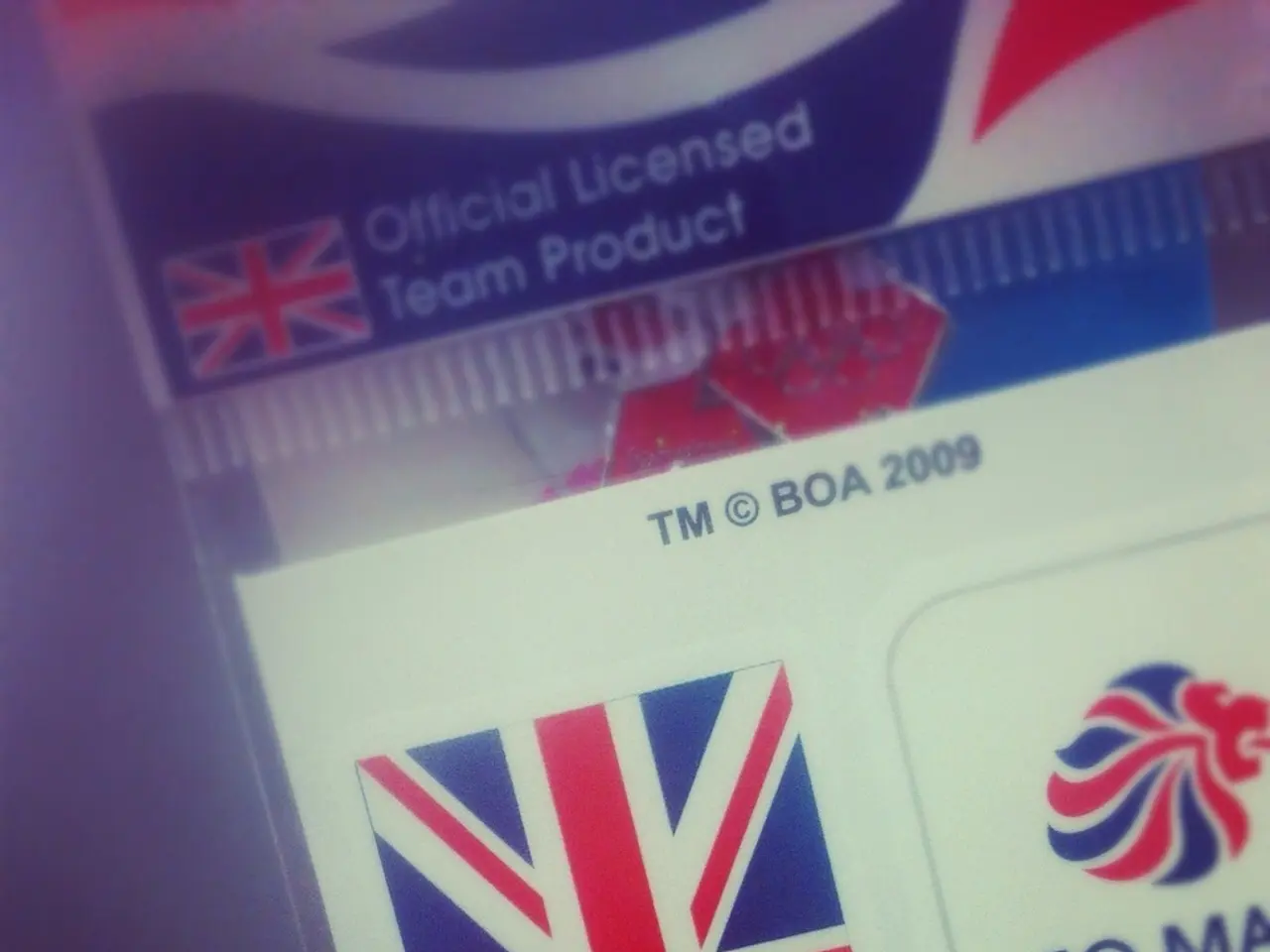Are the advancements in LLM solely due to task corruption?
In the realm of artificial intelligence, large language models (LLMs) have made significant strides in few-shot learning, a capability that allows these models to learn new tasks from limited examples without extensive retraining. However, a recent study has shed light on a concerning issue that challenges the validity of performance claims in this area: task contamination.
Task contamination occurs when there is an overlap or leakage between training data and evaluation benchmarks, artificially inflating performance estimates. This issue, increasingly recognized in the LLM community, distorts the true effectiveness of few-shot learning methods. When benchmarks contain data or closely related examples already seen during pre-training or fine-tuning, the model’s few-shot performance may not reflect genuine generalization but rather memorization or indirect exposure.
Recent research and discussions suggest that many "state-of-the-art" few-shot results might be overestimated due to such contamination, leading to overly optimistic conclusions about model capabilities. To address this concern, rigorous dataset curation and the introduction of contamination-aware evaluation protocols are emerging as essential practices to obtain trustworthy few-shot learning assessments.
Robust few-shot learning systems now often incorporate strategies like example retrieval tailored to the task context and confidence-informed ensembling to mitigate uncertainty and improve performance reliability. For instance, recent efforts on multimodal scientific question answering have demonstrated the effectiveness of these strategies.
The study evaluated 12 different LLMs, including proprietary models from the GPT-3 family and publicly available models like GPT-J and OPT. The researchers utilized four complementary methods to analyze potential contamination: chronological analysis, training data inspection, task example extraction, and membership inference attack.
The findings suggest that current few-shot benchmarks are overestimating the true capabilities of LLMs on unseen tasks without contamination. For classification tasks using post-collection datasets with no possibility of contamination, LLMs rarely exceeded majority class baselines, even on few-shot tests. In contrast, later models showed huge jumps in few-shot performance on older tasks, but not on newer uncontaminated tasks, indicating their few-shot gains likely came from contamination, not fundamental progress in few-shot capabilities.
As the field of few-shot learning continues to evolve, it is moving from purely academic exploration towards practical applications in diverse domains such as machine translation in specialized industries (legal, medical, technical), blockchain analysis, and fraud detection, where adaptability with minimal data is crucial. Advanced techniques integrating meta-learning, transfer learning, and generative models continue to push the boundaries of sample efficiency and task transferability.
There is also a complementary trend towards smaller, more efficient language models that can perform few-shot learning on-device, enhancing privacy and accessibility. However, the challenges of open research with proprietary models like GPT-3 are emphasized, as contamination is extremely difficult to probe without access to full training data.
In summary, while few-shot learning in LLMs has made remarkable progress, the impact of task contamination remains a significant concern that challenges the validity of performance claims. The field is actively responding by improving evaluation rigor and developing more adaptive, contamination-resistant methods to ensure that few-shot capabilities reflect genuine learning rather than dataset artifacts. The study highlights the need for more rigor in few-shot evaluation, with trustworthy benchmarks using uncontaminated datasets created after pre-training data collection.
Science and medical-conditions intersect as researchers are increasingly applying few-shot learning methods to tasks in specialized industries such as medical diagnosis, where adaptability with minimal data is crucial. Technology plays a role in this advancement, as the use of contamination-aware evaluation protocols and smaller, more efficient language models can help address the concerns surrounding task contamination in few-shot learning.




